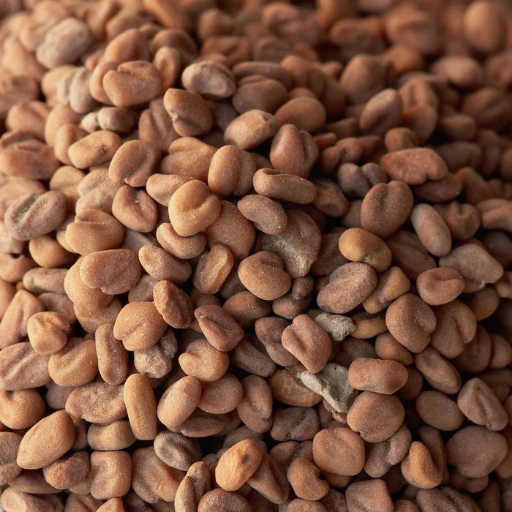Discover Fenugreek — It's history and Benefits
What are the health Benefits of Fenugreek?

Fenugreek is a clover-like herb. It is used as ingredients in spice blends and flavouring agent in foods, beverages and tobacco. Its seeds, which smell and tastes like maple syrup, have been used in cooking and as medicine. Fenugreek is also known as “Greek hay”. It is popularly known as “Methi” but known as “Hulba” by the Hausa tribe of Nigeria. It somewhat has a bitter taste.
Health Benefits Of Fenugreek
Fenugreek Potentially relieves menstrual cramps, May regulate cholesterol, Helps lower blood sugar in people with diabetes, Can increase breast milk supply, Can raise testosterone and oestrogen levels, Aids weight loss by reducing fat accumulation, Boosts metabolism, Controls heart disease, Lowers inflammation, and Controls calories craving.
Brief History Of Fenugreek
Fenugreek is believed to have been brought into cultivation in the Near East. It is uncertain which wild strain of the genus Trigonella gave rise to domesticated fenugreek. Charred fenugreek seeds have been recovered from Tell Halal, Iraq (carbon dated to 4000 BC) and Bronze Age levels of Lachish, and desiccated seeds from the tomb of Tutankhamen. Cato the Elder lists fenugreek with clover and vetch as crops grown to feed cattle.
In one first-century A.D. recipe, the Romans flavoured wine with fenugreek. In the 1st century AD, in Galilee, it was grown as a staple food, as Josephus mentions in his book, the Wars of the Jews. The plant is mentioned in the 2nd-century compendium of Jewish Oral Law (Mishnah) under its Hebrew name tiltan.
REFERENCES